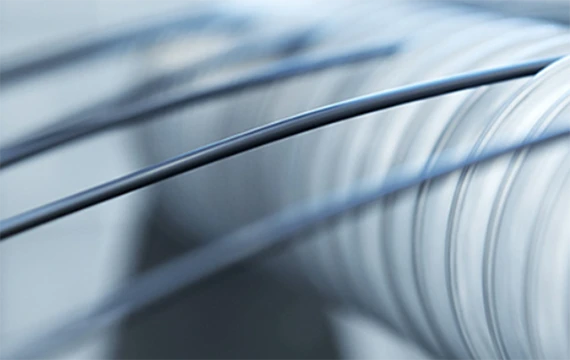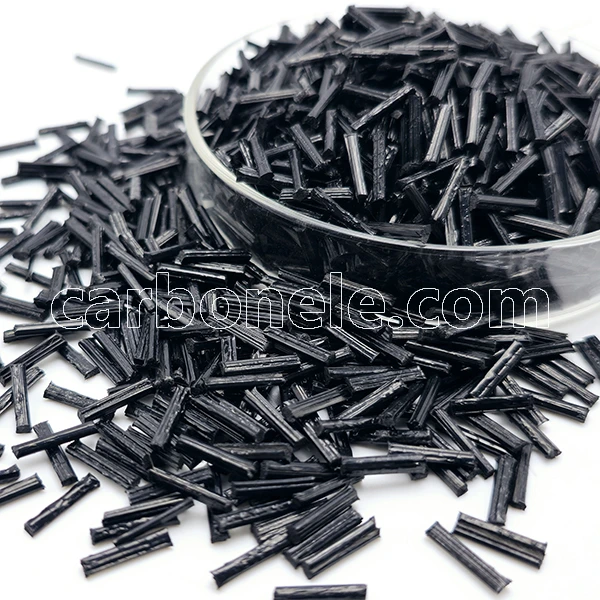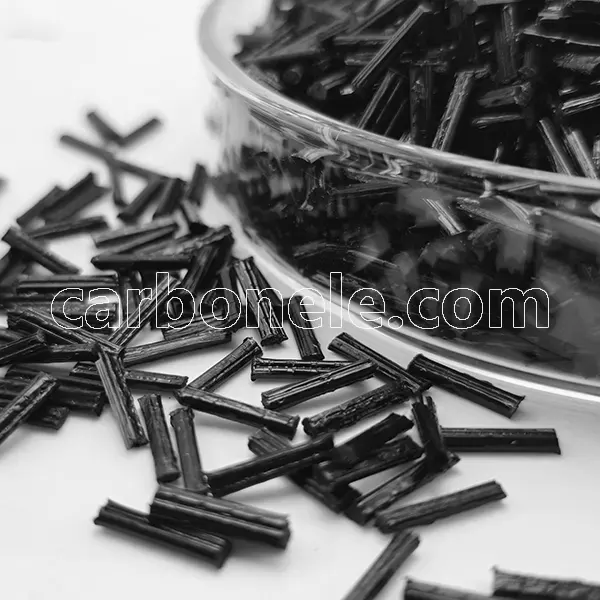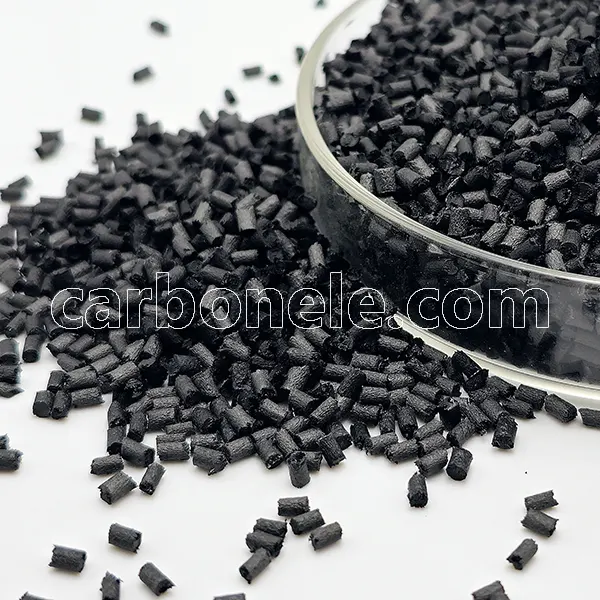
Advantages And Disadvantages Of PA6 Carbon Fiber Composites - Carbon Fiber Compounds Manufacturer | Supplier
With their special low weight and mechanical qualities, PA6 carbon fiber composites are progressively replacing other materials of choice for many high-end projects in the large area of modern materials research. Through the reinforcing of carbon fibers, this material not only shows strength and stiffness equivalent to metals but also easily processing of conventional plastics. From aircraft to automobile manufacture, from sports equipment to everyday consumer items, from PA6 carbon fiber composites have endless applications.

PA6 LCF50 50% Carbon Fiber NYLON 6 Composites
Benefits of PA6 carbon fibre
Among the many benefits of PA6 carbon fiber are its outstanding mechanical qualities and lightweight qualities. The enormous strength and high modulus of carbon fiber have substantially enhanced the strength and stiffness of PA6 carbon fiber, thereby allowing it to resist big loads and high pressures.
Furthermore, PA6 itself is a material with reasonable toughness, so PA6 carbon fiber is not only robust but also has high impact resistance and is not prone to brittle fracture. PA6 carbon fiber clearly offers benefits in uses needing great strength and light weight compared with conventional metal materials as it has a lower density and lighter weight. For instance, PA6 carbon fiber may greatly light the structure in the sectors of aerospace and automobile manufacture, thus boosting fuel economy and lowering emissions.
The corrosion resistance of PA6 carbon fiber is also quite important. While PA6 also has some chemical resistance, carbon fiber has high chemical stability and can withstand degradation by corrosive media including acids and alkalis. PA6 carbon fiber is not prone to corrosion and aging so it performs well in chemical, marine, and outdoor conditions. Furthermore appropriate for certain high temperature working situations is PA6 carbon fiber, which has outstanding high temperature resistance and can preserve its mechanical characteristics in such settings.
PA6 carbon fiber’s drawbacks
PA6 carbon fiber has several drawbacks and restrictions even if it offers many benefits. First, PA6 carbon fiber has somewhat expensive cost. While PA6 is somewhat inexpensive, the synthesis of the two still demands a lot of cost investment; the manufacture of carbon fiber is complicated and has great expenses. This makes PA6 carbon fiber somewhat expensive and unsuitable for certain cost-sensitive businesses notably in terms of application regions.
Moreover, PA6 carbon fiber has somewhat complicated processing technique. Different properties of carbon fiber and PA6 need certain procedures and tools throughout the manufacturing process to guarantee material homogeneity and consistency of performance. Furthermore difficult are the recycling and reuse of PA6 carbon fiber. Although carbon fiber composites’ recycling technology is still developing, it is imperative to find a solution for how best to efficiently recycle and rework these materials.
Usually used uses of PA6 carbon fiber
Excellent performance of PA6 carbon fiber has made it quite popular in many different disciplines. PA6 carbon fiber is extensively utilized in the aerospace industry to produce structural parts and components such wings, fuselage and tails from aircraft. These parts must minimize weight as much as possible to maximize flying performance and fuel economy while nevertheless resisting great strength and extreme stress. PA6 carbon fiber is utilized in the automobile manufacturing sector to produce body structural elements, chassis and interior parts, which may not only increase vehicle strength and safety but also help to lower vehicle weight, fuel consumption and emissions.
Sports equipment, medical tools, and electronics have also found usage for PA6 carbon fiber. For instance, PA6 carbon fiber is used in many high-end bicycles, skis, tennis rackers and other sporting gear to increase equipment performance and robustness. Because of its high biocompatibility and mechanical qualities, PA6 carbon fiber is utilized to make surgical tools and orthopedic implants in terms of medical equipment. PA6 carbon fiber is utilized in the area of electronic goods to produce laptop computer cases and mobile phone covers, therefore enhancing not only the strength and longevity of the product but also its lightweight design.
PA6 carbon fiber: service life
The particular application environment and usage circumstances of PA6 carbon fiber determine its service life in great part. PA6 carbon fiber offers very extended service life and durability generally speaking. PA6 carbon fiber is not prone to aging and performance deterioration because of its excellent strength and corrosion resistance; it can keep strong performance in demanding surroundings. Normal usage circumstances allow PA6 carbon fiber to have decades or even longer of service life. Nonetheless, under certain very hostile conditions, including as temperature, high humidity and strong corrosive environment, the service life of PA6 carbon fiber may be somewhat compromised; thus, appropriate protection and maintenance are needed.

Carbon fiber reinforced thermoplastic composites
Clearly a high-performance material with many use possibilities is PA6 carbon fiber composite material. In many different disciplines, its advantages—light weight, great strength, and chemical corrosion resistance—have demonstrated special worth and promise. High cost, rigorous processing technology requirements, and complicated recycling are still drawbacks; nonetheless, with ongoing technological improvement, these issues should be progressively resolved.
More crucially in the present framework of sustainable development, PA6 carbon fiber composites’ recyclability and environmental friendliness make them more significant. Looking forward, PA6 carbon fiber composites should be more important in more sectors and provide society with more environmentally friendly and high-performance solutions as research deepens and applications grow.
Feature Product
-
PA12 LCF30 for Drone Fuselages & Wings
What do you know about PA12 LCF30? PA12 ...
-
Competitive Price PA6 LCF30 Composites
What’s it? PA6 LCF30, which stands...
-
ABS CF10 Compound ABS 10%CF Thermoplastic Compo...
What’s ABS CF10? ABS CF10 refers t...










